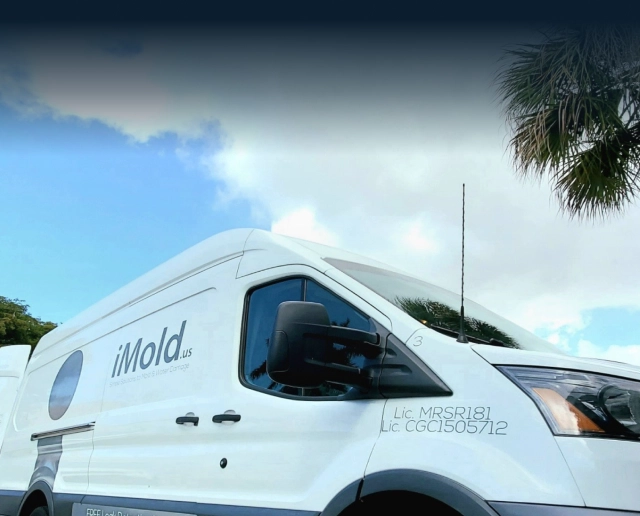Although you never want any type of mold to grow in your home, many different types can. It may be helpful to understand and identify the types. Some are more harmful and need to be professionally removed. Today we will discuss the types of mold that grow in your home, their appearance, effects, and where they are most likely to grow.
How To Identify What Type of Mold Is In Your Home
Different types of molds have different appearances. They can be toxigenic or allergenic, which is very harmful to your health. It is good to know what kind of mold is growing in your home. The types of molds listed below are the most common ones found in homes. Here we have explained their appearances and what causes them, as well as what they may cause.
Acremonium: Acremonium appears to be pink, grey, orange, or white. It has a powdery texture. It is a toxigenic mold, and it’s caused by damp areas or condensation. It can be harmful because it can give you issues with bone marrow and immune system disease. It can also harm your brain function.
Alternaria: Alternaria is usually fuzzy and white with black spots. This is the most common allergenic mold. It usually grows on fabrics and wallpapers and around areas that may be damp. This type of mold can cause asthma.
Aspergillus: Aspergillus appears to be white, gray, or green. It is an allergenic mold but can also be toxic, depending on the species. It doesn’t need ventilation to grow. It can appear on fabrics, walls, attics, basements, around your A/C unit, and dry foods. It can cause lung infections.
Aureobasidium: Aureobasidium is usually pink with black spots. This type of allergenic mold grows on wood, walls, caulking, and grout. It can give you eye, skin, and nail infections.
Chaetomium: Chaetomium is cotton-like and grey, brown, black, or white. It can sometimes produce mycotoxins. This mold grows from water damage. It may give you skin and nail infections as well as allergies.
Cladosporium: Cladosporium is green, black, or brown. It is a nontoxic mold, but it can trigger allergies. It grows at any temperature. It is found on wood or fabric, heating and cooling ducts, toilets, and paint. It tends to cause respiratory issues.
Fusarium: Fusarium tends to be pink, white, or red. This is an allergenic and toxigenic mold. It can grow in the cold and is often caused by water damage. It is most common in soil and plant debris. It can also grow on food or fabrics. It may cause skin infections.
Mucor: Mucor is usually white or grey and grows in thick patches. It is an allergenic mold. It also grows near condensation. It can cause fungal infections.
Penicillium: Penicillium is yellow, green, or blue. It is an allergenic mold. It often grows in carpets, basements, or insulation due to water damage. It can result in asthma, bronchitis, or respiratory issues.
Stachybotrys/black mold: Black mold usually appears a greenish-black color. It is toxigenic and allergenic. It grows on things with a high cellulose content, like paper, wood, fiberboard, and gypsum board. It grows in wet, humid areas. Back mold can trigger flu-like symptoms, memory loss, and respiratory damage.
Trichoderma: Trichoderma is usually creamy-white or green and in wooly patches. It is an allergenic mold that can produce mycotoxins. It grows on wood or in damp areas such as windows, bathrooms, and kitchens.
Ulocladium: Ulocladium is usually black. It grows on or around water and wet spaces. It can cause hay fever and skin infections.
Red mold: Red mold is something typically thought of as its type of mold. But, this is not true. Any type of mold can be red mold. It is a fungus. Humidity and light changes tend to turn other colors of mold into red mold. The molds that most often become red mold are Aspergillus and Fusarium.
What Do You Do If You Find Mold In Your Home?
So, you found one of these types of mold in your home. What do you do now? Well, it depends. If you can identify a mold in your home in an area where it can easily be removed, there are ways to do it yourself. You can research how to remove it yourself if you can identify what type it is. However, if it’s a toxic mold, it is best to leave it to the professionals. If you can’t figure out the type of mold, do not try to remove it yourself. You do not want to endanger your home or health by attempting to remove something yourself if it is not easy. Luckily, iMold offers free mold inspections. It is critical to have mold inspected and removed to keep your house stable and yourself healthy.
Keep up with our latest news on Facebook and Instagram!

